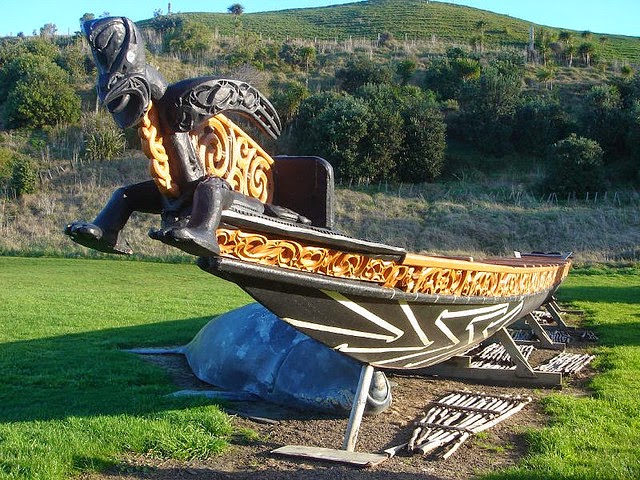You could say that I started attending AIVF (Association of Independent Video and Filmmakers, now IFA) with the goal of finding an indie filmmaker to produce my screenplay. But what I found were indie filmmakers anxious to produce their own scripts, so I helped develop them. Meanwhile, I saw a need for more advanced training for Tucson Filmmakers, so I organized workshops. I got caught up in helping our film community grow.
Now here’s the part that drives people crazy… It wasn't
about the money. In order to provide workshops that were affordable enough for
Tucson filmmakers, I couldn't pay myself. Did all this “networking” lead to paid jobs? No. I spent hours, then years, promoting films with my reviews,
organizing film contests and networking events. I didn't make any money, but it
was rewarding.
In this capitalistic society it seems the only thing people value anymore is the pursuit of money. I know how blessed I was to be a stay at home mom while developing my art. But it is really heartbreaking when your own children are disappointed in you because you’re not more “successful” by society’s standards. They don’t seem to value my role as a mother. One question I hear a lot is, why aren't there more successful women filmmakers? I can’t speak for anyone else, but for me some things are more important than money: living a full, balanced life, raising creative children, building a film community, empowering filmmakers to make meaningful films, and writing (and sometimes directing) my love projects.
How come I never succeeded in getting my screenplays
produced? Perhaps, between being a mom and pursuing my other passions, I didn't
have the single-minded ambition needed to sell my script. Or perhaps it was
because I wasn't willing to write something more commercial. All the stories I
chose to write were love projects. I
never could wrap my mind around writing high concept movies for money.
One of my first love projects was, “Walking with Grace,”
about a sweet elderly couple I had taken care of while attending grad school. When
Grace’s husband couldn't deal with her mind deteriorating from Alzheimers, I moved
in full-time to allow them to spend their last days together in their home. This story was very dear to my heart.
I spent an embarrassingly long time working on it. One reason was that people thought my story was depressing. I workshopped it at the Frederick Douglas Creative Writing Center in New York City; writing draft after draft, trying to make it more upbeat. But what it came down to was that people couldn't understand why a young woman would sacrifice her life to take care of “strangers.” What was so hard to understand? I loved them! I finally did a major rewrite changing my character into their granddaughter.
And I did shop it around. For years. I researched possible
actors and production companies. I
pitched it at screenwriting conferences. I made phone calls. I sent off query letters. Even got a hand-written
letter from Hume Cronyn explaining how the story was too depressing because it
hit so close to home. People suggested that I put it away and work on something
more commercial. They said that once I had a big hit, I could parley that into
the power to get my love project done. I
pitched it to the perfect producer - the producer of the family drama “Christy.”
He made a special effort to encourage me. He said that it was good writing, but
that no one would do a film about old people. (I still cringe at my lack of determination
as I watch numerous Alzheimer movies flash across the screen: “Away From Her,” “Savages,”
“Amour,” my favorite, “The Notebook," and the recent, “Still Alice.” It’s practically
become a genre!)
At least I had the rare opportunity to see my screenplay
performed as part of the staged-reading series at DamesRocket Theater. I
watched, in the sold-out theater, as professional actors gave full-out emotional
performances. A 50 year-old man was moved to tears because it reminded him of
his father. That experience was so satisfying that I was finally able to put
the script away and start concentrating on something new. Someone suggested
that I might have a better chance selling the script if I adapted it into a novel
(they were onto something there), but artistically it was time to move on.
I critiqued my mom’s (Lorna Kerin Beall) historical fiction book, “Model-T Biscuits,” and helped her draft a cover letter to market it. I even pitched it
at local writers’ conferences when she couldn't afford to attend. Eventually, I
was inspired to adapt this cherished family story to the screen. It was really a love project working
with my mother and staying true to her vision. I think people could feel the
love as they read it. We ended up winning first place at the Santa Clarita
Family Film Festival and the Moondance Film Festival.
 |
| My mom, Lorna Beall, and me |
So I continue to write my love projects and encourage others
to do the same. Because, like the Dali
Lama said, “The planet does not need more ‘successful people.’ The planet
desperately needs more peacemakers, healers, restorers, storytellers and lovers
of all kinds.”
Go ahead. Ask me why I do it.
One word...Love.
%2Bpg%2B(2).jpg)












